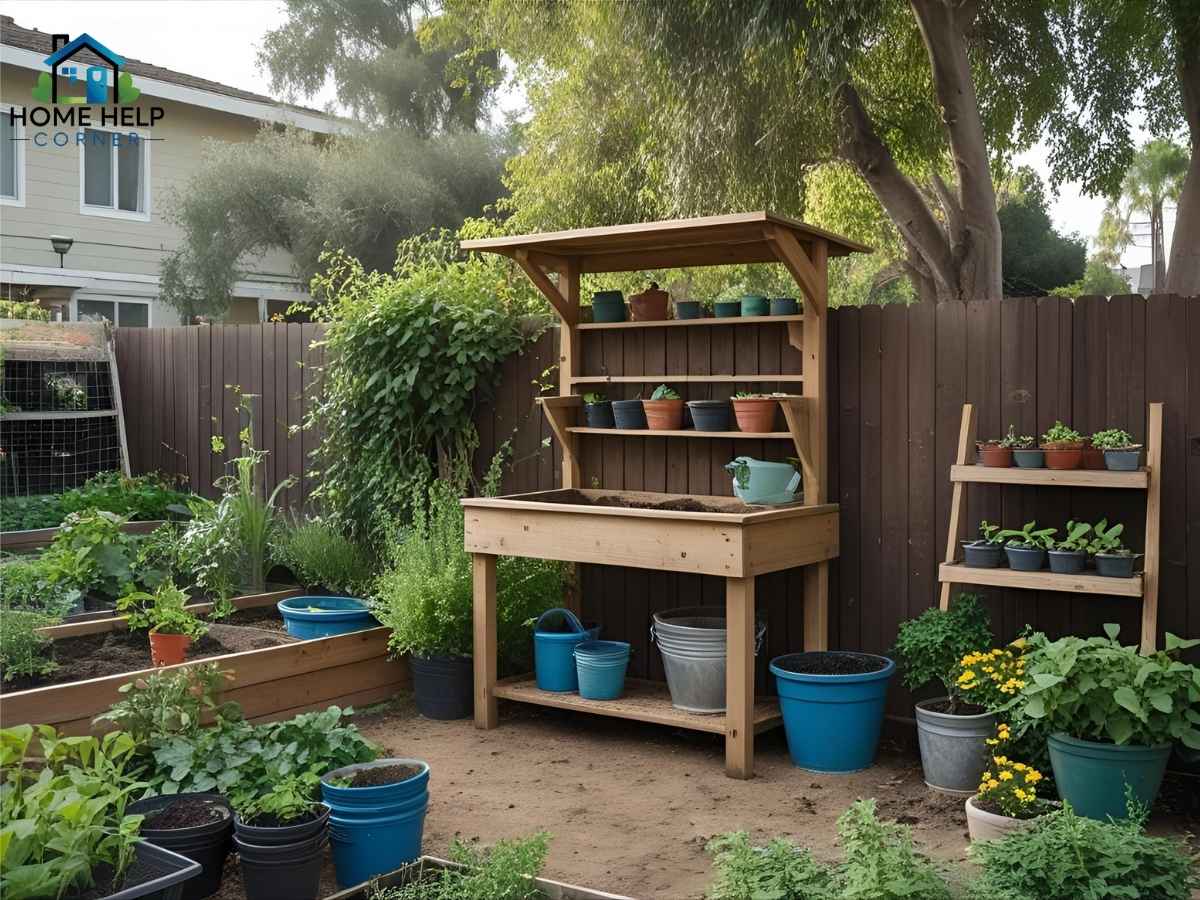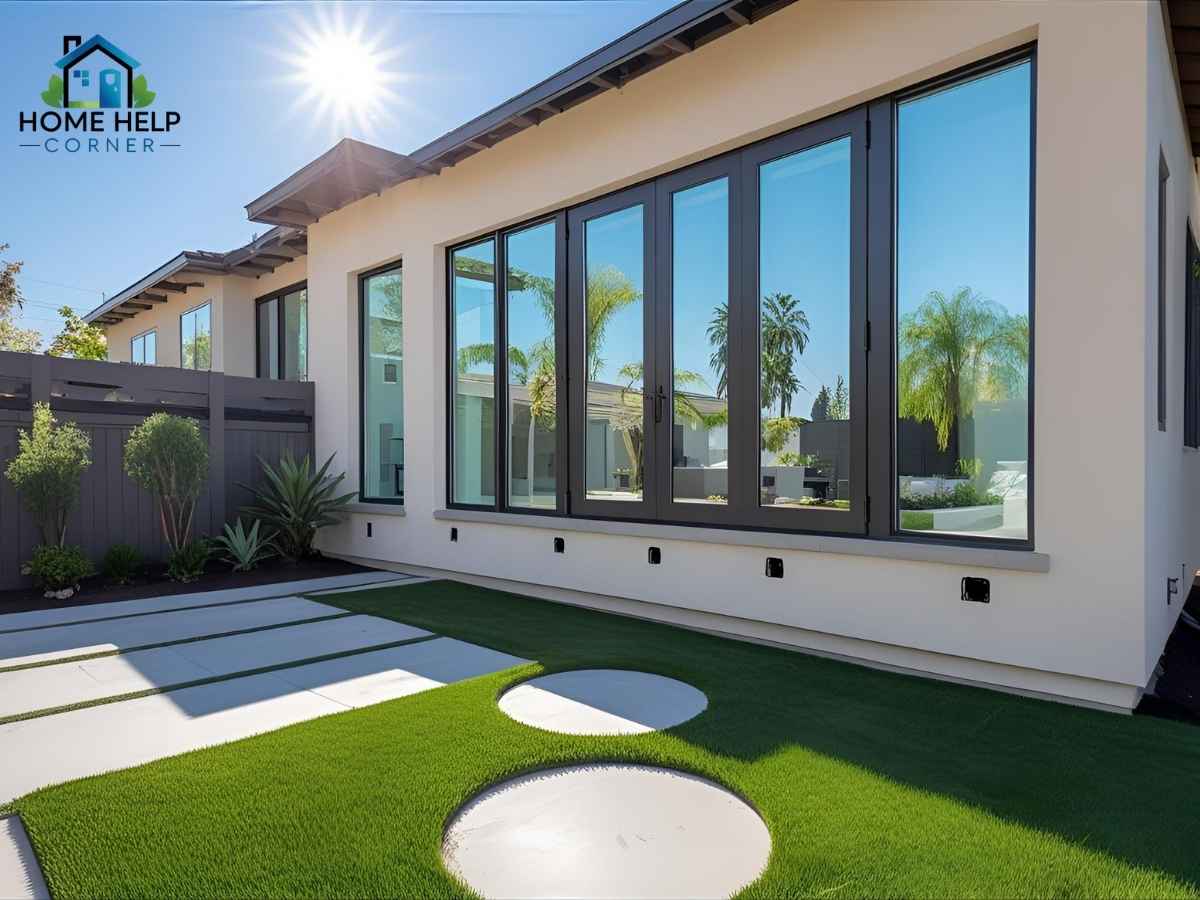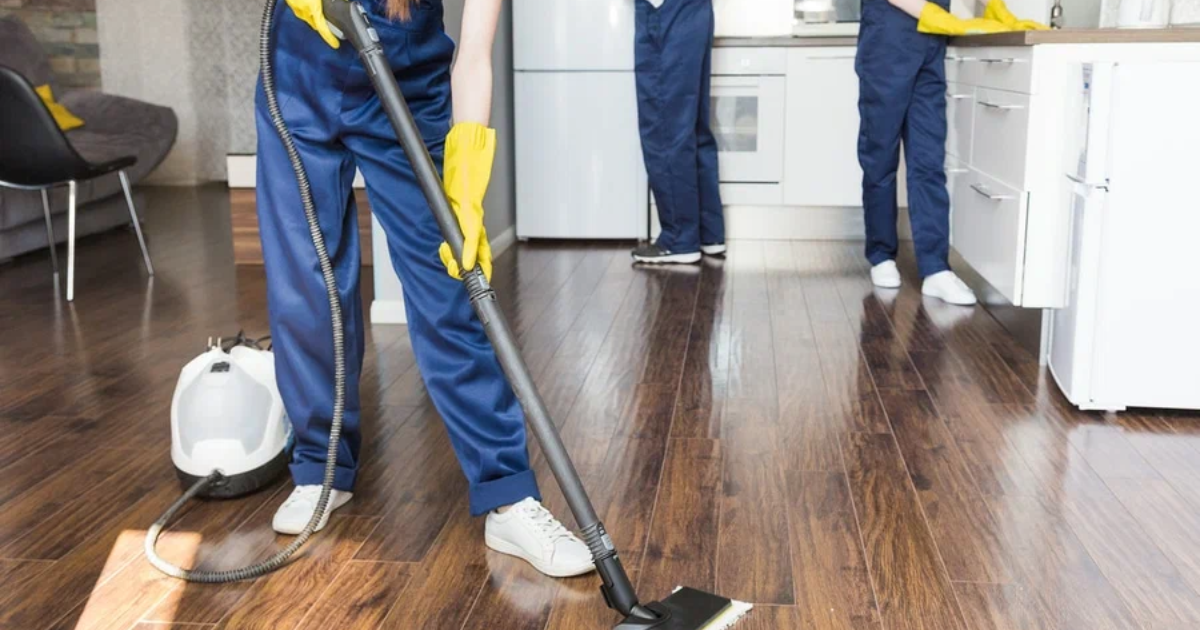Imagine this: it’s a golden Sunday afternoon in Los Angeles, and your family is splashing around in your backyard pool as a gentle breeze rolls in from the Santa Monica mountains. Water clarity sparkles, the sun glints off the surface, and the only thing on your mind should be how refreshing the pool feels—not whether it’s clean and safe. That’s the dream for every Angeleno pool owner, whether you’re in Hollywood Hills (90068), Silver Lake (90026), or Manhattan Beach (90266). But the unique climate, water regulations, and neighborhood quirks of LA mean that maintaining a sparkling pool isn’t always as simple as it seems.
Let’s dive into the best practices for pool cleaning in Los Angeles—infused with local wisdom, real customer stories, winning providers, and techniques that keep your oasis pristine while following San Diego County’s gold standards, right here in the City of Angels.
Table of Contents
Why Los Angeles Pools Require Special Care
Los Angeles boasts a warm, fairly dry climate with classic Mediterranean flair—hot, sun-filled summers and mild, wet winters. Average highs peak at around 84°F in August, and lows rarely dip below the 50s, making LA pools a year-round staple. However, that abundance of sunshine, city air quality, and the omnipresent Santa Ana winds create real challenges for pool cleanliness:
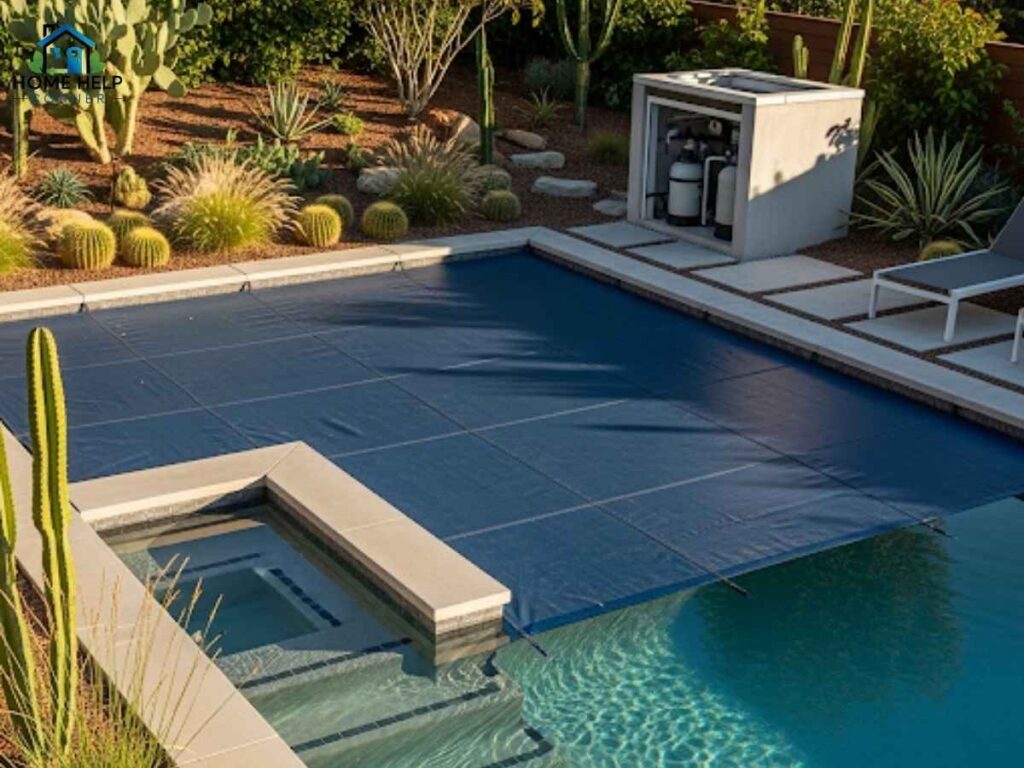
- Intense UV Exposure: More sunshine means increased algae potential. Without diligent chemical balancing and filtration, pools can turn cloudy quickly.
- Water Conservation: With ongoing drought concerns and water restrictions, LA pool owners must be especially mindful of water usage, leakage, and evaporation. Pool owners often benefit from using pool covers and highly efficient filtration systems to minimize losses.
- Urban Debris: LA’s neighborhoods are diverse—from palm-lined Beverly Hills to tree-heavy Glendale, each comes with its own pest and debris issues. Pollen, dust, and leaves from local flora, plus city pollution, all find their way into backyard pools.
Key internal tip: For official local rules on water conservation and backflow prevention, always check with LADWP’s Permits & Regulations page.
Best Practices for Pool Cleaning in Los Angeles (With Neighborhood Insights)
Whether you maintain your own pool or trust a professional, sticking to these best practices makes a world of difference:
1. Routine Skimming and Debris Removal
- Daily Skimming: Use a leaf skimmer every morning—especially in windy corridors like Sherman Oaks (91423) or Santa Monica (90402)—to remove leaves, petals, or debris floating on the surface.
- Weekly Brushing: Brush pool walls, steps, and waterlines to prevent algae buildup. In neighborhoods like Laurel Canyon, lush landscapes mean more organic debris—frequent brushing pays off.
- Vacuuming: Automatic or manual vacuums work best when used two to three times weekly in high-use zones, especially in family-centric neighborhoods like Studio City.
2. Chemical Maintenance and Testing
- Test the Water Weekly: In hot spots like Pasadena (91105), test chlorine, pH, alkalinity, and calcium hardness every week. LA’s hard water can cause scaling; use a professional test kit or digital tester.
- Maintain Proper Levels: Keep pH between 7.4–7.6 and chlorine between 1–3 ppm. In areas with lots of direct sunlight, consider stabilizer (cyanuric acid) to protect chlorine from UV breakdown.
- Shock the Pool: After a big pool party or heavy rain (rare but possible in LA winters), use a pool shock treatment to restore sanitizer levels.
3. Equipment and Filter Care
- Backwash or Clean Filters: In dusty neighborhoods like Encino or Granada Hills, cartridge or DE filters should be cleaned every 4–6 weeks, and sand filters every 2–3 months.
- Inspect Equipment: Regularly check pumps, heaters, and timers for leaks or malfunctions. LA County guidelines require that any major repair or installation be handled by a Certified Swimming Pool Service Technician (C-53 license).
4. Water Conservation Pool Covers
- Use Pool Covers: Especially critical during drought alerts, a solar or standard pool cover reduces evaporation by up to 70%. Manhattan Beach residents rave about the difference a quality cover makes during those breezy SoCal evenings!
5. Monitor for Local Wildlife and Pests
Hancock Park (90020) residents know raccoons and squirrels are pool crashers in the spring. Keep the pool area tidy and install barriers or motion sensors to deter wildlife, reducing contamination risk.
Real Neighborhood Case Studies: Pool Cleaning Success in LA
Case Study 1: Hollywood Hills Hideaway (90068):
Maya, a new homeowner, moved into a hillside property with jaw-dropping views but a pool plagued by constant leaf litter and green-tinged walls. By enlisting a local pool cleaning service, she learned to install a high-efficiency variable-speed pump and upgraded to a cartridge filter. Weekly surface cleanings and bi-weekly deep vacuuming, plus regular brushing, turned her pool from murky to magical in less than a month. “Now, our pool parties are as glamorous as the location!”
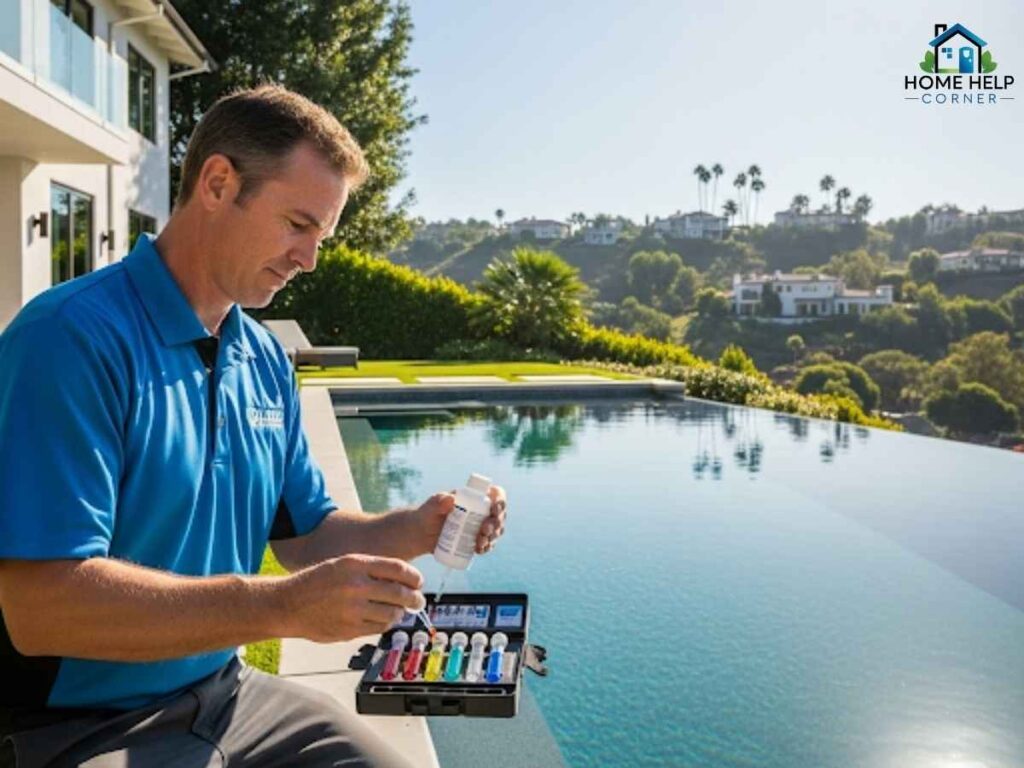
Case Study 2: Silver Lake Family Pool (90026):
The Tran family chose to self-maintain to keep costs down. After a summer of experimentation, they adopted a strict schedule—testing water chemistry every Saturday, skimming daily after work, and using a solar blanket anytime the pool sat unused for more than a day. Even with LA’s frequent gusty winds, the pool remains crystal clear, and their water bill dropped by 10%. They relied on the LA County Guidelines for Pool Operators to ensure code compliance.
Case Study 3: Manhattan Beach Saltwater Spa (90266):
After moving from San Diego, Ellen switched her pool to saltwater. A coastal microclimate meant increased corrosion, so regular checkups on the salt cell and balancing calcium levels proved essential. Ellen’s story: “Pool cleaning feels different here—sand and salt are the main offenders! Our pool tech taught us how to manage both, and now our pool feels as fresh as the Pacific, right in our backyard.”
Top 3 Pool Service Providers in Los Angeles
Looking for hands-off pool peace? Here’s the local shortlist for trusted experts—these providers know every leaf, gust, and regulation in LA pool care. Each entry includes a direct website link for easy access.
1. Encore Pool Care (encorepoolcare.com)
Encore Pool Care is known for reliable weekly and monthly service packages across the Greater Los Angeles area. They excel with eco-friendly treatments, equipment upgrades, and filter management, adapting best practices from San Diego County to LA’s unique climate.
2. Best Local Pools (bestlocalpools.com)
With 15+ years serving Beverly Hills, Calabasas, and beyond, Best Local Pools specializes in everything from green pool reversals to saltwater system installations and tech-savvy remote monitoring services. Customers praise their prompt communication and clear, detailed service logs.
3. Blue Lagoon Pool Services (yelp.com/biz/blue-lagoon-pool-services-los-angeles)
Well-rated across platforms, Blue Lagoon is a local favorite for residential and commercial pools alike. They offer custom packages, certified technicians, and excellent emergency response times for pool equipment breakdowns.
Essential Tools and Resources for LA Pool Owners
- LADWP Pool Permits: Know your responsibilities for water use, backflow prevention, and graywater systems. Full detail here: LADWP Permits & Regulations
- LA County Pool Maintenance Regulations: For guidance on local pool contractor licensing and safe operation, see the LA County Environmental Health Branch
- SMBBB (Santa Monica Baykeeper): If you’re near the coast, staying up-to-date on stormwater and run-off management protects neighborhood water quality. Connect via the Santa Monica Baykeeper
- Water Quality Reports: For information on local water hardness and chemical balance recommendations, check the Los Angeles County Public Health Water page
Consider these tools for daily efficiency:
- Digital water testers calibrated for local water composition.
- Solar pool covers tailored to Los Angeles’ heat and sun cycles.
- Leaf nets with fine mesh for smaller city debris.
- Maintenance log apps—most LA pool technicians use digital reporting to stay code-compliant.
Frequently Asked Questions (FAQ)
How often should I clean my pool in Los Angeles?
For most LA pools, skim the surface daily, brush walls two to three times per week, and vacuum at least once per week. During heavy leaf fall or after strong winds, increase frequency to keep water clear and prevent algae blooms.
Does Los Angeles have specific pool water testing requirements?
Yes. Commercial and rental pools must stick to strict schedules for water quality testing—daily in some cases. Homeowners are encouraged to check chlorine and pH at least weekly and after storms, heavy usage, or major temperature swings.
Can I use graywater to fill or top off my pool?
No, LADWP requires pools to use potable water only. Graywater systems must follow city permits with strict backflow prevention to avoid cross-contamination of the public water supply.
What are the most common pool issues unique to LA?
LA pool owners frequently deal with algae growth from strong sunlight, debris from lush urban landscaping, and scaling due to hard water. Regular chemical management and the use of a pool cover solve many of these issues.
What are the best pool covers for water conservation in LA?
Solar pool covers work best by reducing evaporation and slightly warming pool water. Make sure yours fits snugly, and consider enrolling in water conservation programs through LADWP.
